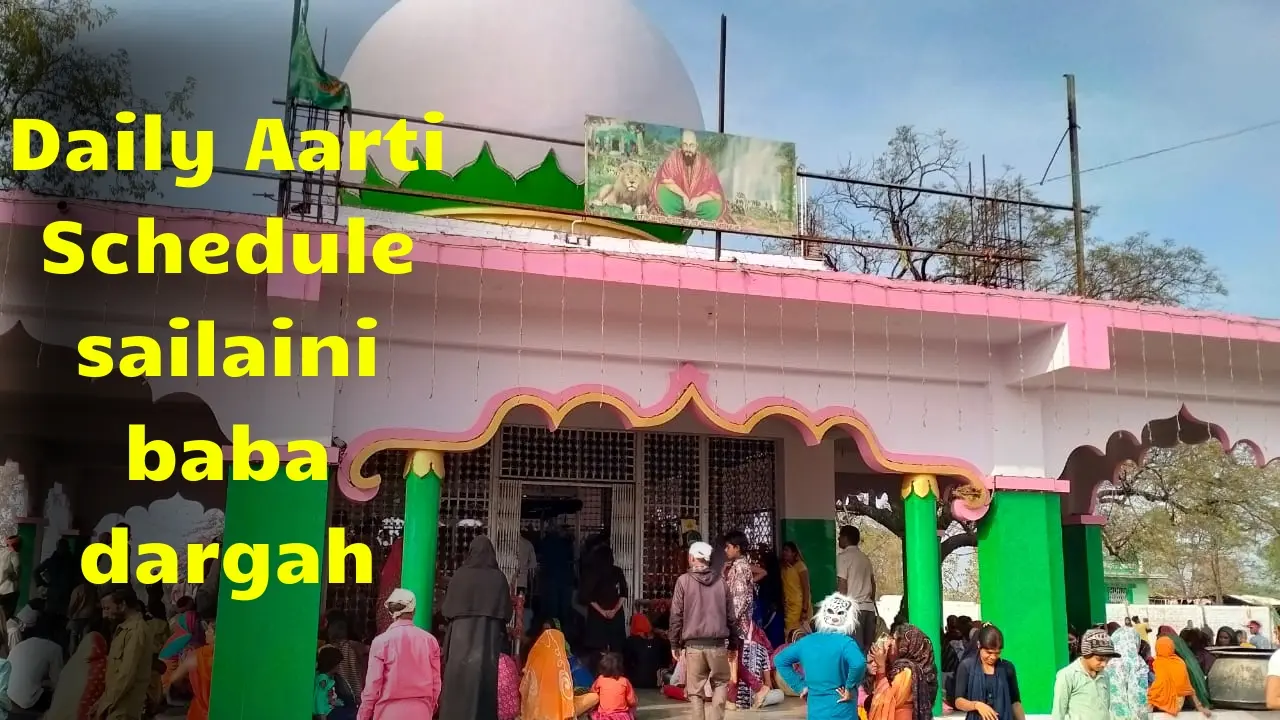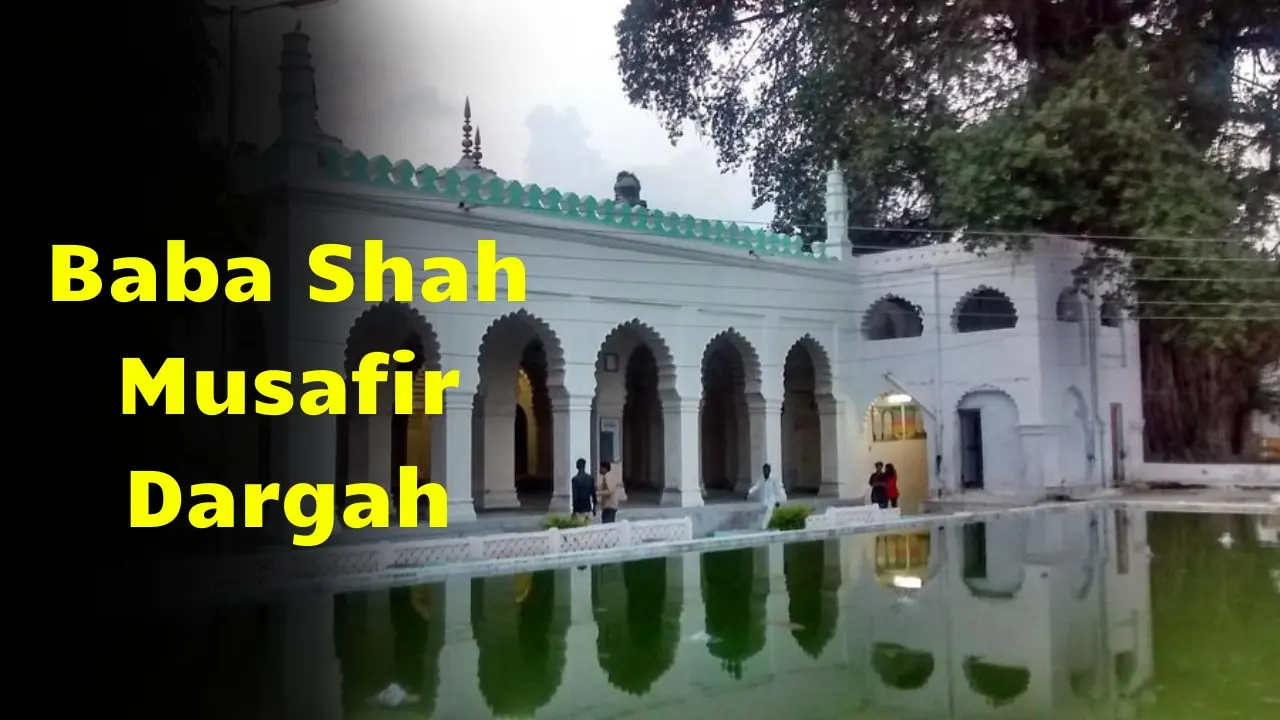Sailani Baba Dargah in Pimpalgaon Sarai, Buldhana, is a holy place filled with peace and devotion. Devotees from many parts of India visit to pray and seek blessings. The Dargah maintains a sacred atmosphere, and every visitor is expected to follow simple rules of dressing and behavior. These customs show respect to the saint and help keep the environment pure for all devotees.
Why Dress Code and Etiquette Matter
The Dargah is a spiritual center built in memory of the Sufi saint Sailani Baba. When people visit such a place, they should look and behave modestly. Dressing properly and behaving politely reflects discipline and devotion. It also ensures everyone feels comfortable and equal, no matter their religion or background.
Dress Code for Men
Men should wear clean and decent clothes. Full trousers, kurta-pyjama, or a plain shirt are best. Before entering the main prayer area, men should cover their head with a cap, handkerchief, or scarf. Sleeveless shirts, shorts, or clothing with bold prints should be avoided. Light cotton clothes are preferred in summer.
Acceptable: Kurta-pyjama, shirt and trousers, covered head.
Avoid: Shorts, sleeveless vests, torn jeans, or bright flashy designs.
Dress Code for Women
Women should dress modestly in traditional Indian wear like saree, salwar-kameez, or long kurti with dupatta. The head must be covered with a scarf or dupatta while entering the Dargah. Clothes should not be tight or revealing. Simple jewelry and natural makeup are advised.
Acceptable: Saree, salwar-kameez, long kurti with scarf, head covering.
Avoid: Short dresses, sleeveless tops, heavy makeup, or open hair inside the sanctum.
Dress Code for Children
Children can wear comfortable and weather-appropriate clothes. Boys may wear full shorts and T-shirts, while girls may wear frocks or leggings with tops. Parents should guide children to stay calm and silent. Covering the child’s head with a scarf is also recommended while inside the Dargah.
Footwear Rules
Footwear must be removed before entering the prayer hall or going near the tomb. There are racks and shoe stands near the entrance. Socks can be kept on, especially on marble floors during summer or winter. Always collect your footwear after your visit to keep the area organized.
Personal Hygiene and Cleanliness
Visitors should come in clean clothes and maintain personal hygiene. Avoid bringing food, plastic bags, or outside drinks inside the Dargah. Use perfume or attar lightly. Wash hands and feet at the taps provided before entering. Cleanliness is seen as part of faith and respect.
Etiquette Inside the Dargah
Maintain silence and respect those praying. Keep mobile phones on silent mode. Follow the queue system and wait patiently for your turn. Do not push or rush during heavy crowds. Offer flowers or chadar gently to the caretaker instead of throwing them. Avoid touching the tomb barrier repeatedly. Keep the area clean and use dustbins. Respect devotees of all backgrounds and avoid arguments.
Behavior in Courtyard and Langar Area
The courtyard is for resting, praying, or listening to qawwalis. Sit properly without stretching legs toward the tomb. Do not block paths or speak loudly. In the langar area, sit in rows, wait patiently, and eat whatever is served without waste. Thank volunteers before leaving.
Special Days and Crowds
On Thursdays, Fridays, and during Urs, the Dargah sees large crowds. Dress lightly but modestly and visit early morning or late evening to avoid rush. Follow instructions from volunteers and keep your belongings safe. Women and elderly devotees should plan visits during calm hours.
Respect for Rituals and Devotees
Different people pray in different ways. Some light incense, some recite verses, and some sit silently. Respect every devotee’s way of worship. If you do not understand a ritual, ask politely before performing it. Non-Muslim visitors are also welcome and should follow the same respect and discipline.
Safety and Modesty Tips
Carry a small scarf or handkerchief to cover your head. Avoid carrying expensive jewelry or valuables. Keep wallets and phones safe in crowded areas. Supervise children closely. Drink water outside the main hall and avoid eating in the prayer section.
Photography and Filming
Photography is not allowed inside the inner sanctum. You may take photos near the outer gate or courtyard after permission. Avoid selfies and videos that disturb others. For professional recording, written permission from the Dargah office is required.
Respecting the Sacred Space
Sailani Baba Dargah is more than a tourist site; it is a place of faith and unity. Proper dress and good manners reflect devotion and humility. Every small act of respect adds to the spiritual strength of the place and keeps its peace alive for future visitors.
Conclusion
Visiting Sailani Baba Dargah is a peaceful and meaningful experience. Wearing simple clothes, covering the head, and behaving politely are small ways to show respect and faith. When visitors follow these dress and etiquette guidelines, they help preserve the holiness of the shrine. Devotees of all religions come here to find hope and calm. The true beauty of the Dargah lies in this shared spirit of love, respect, and unity taught by Sailani Baba.











